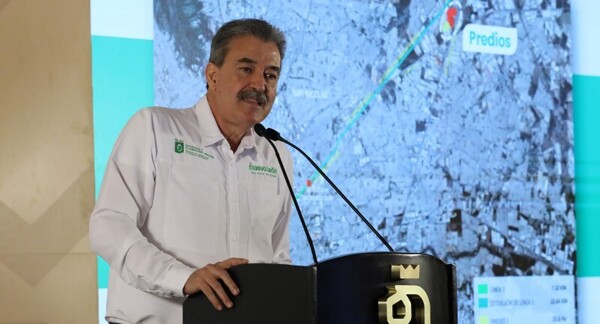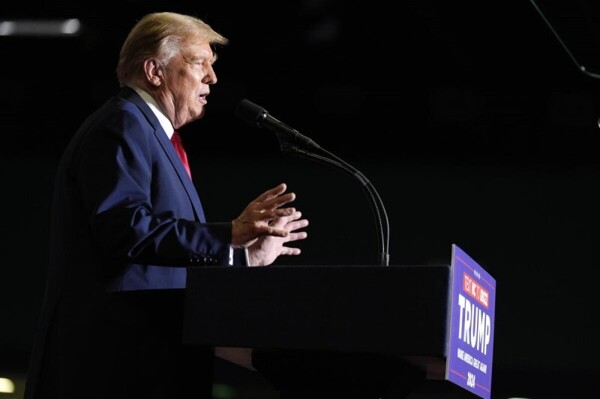
The analysis of gasoline prices in Mexico is crucial as it directly impacts the pockets of citizens. Various factors influence price setting, such as the international cost of oil and transportation expenses, which particularly affect service stations located far from storage terminals.
The constant increase in the vehicle fleet in the country generates higher demand for gasoline, which could lead to price increases if supply does not grow at the same rate. Some stations opt for pricing strategies that influence consumer perception, such as abruptly raising prices only to gradually reduce them.
In recent years, the Ministry of Finance and Public Credit (SHCP) has adjusted the Special Tax on Production and Services (IEPS) to mitigate price volatility by introducing an additional factor in the calculation of gasoline prices. In summary, price setting in this sector responds to a complex combination of international and local factors.
In 2017, the liberalization of the gasoline market in Mexico ended the monopoly of Petróleos Mexicanos (PEMEX). This opening to the private sector aimed to increase competition, hoping it would result in lower prices and more efficient development. The growth of service stations in the Metropolitan Area of Monterrey (AMM) reflects this trend, going from 232 to 556 locations in one year.
Consumers need to understand the influence of these factors on price volatility. The inelastic demand for gasoline implies that consumers are less sensitive to price changes, as it is a necessary good without direct substitutes. This is reflected in the fact that, despite disagreeing with high prices, they end up accepting them.
The Energy Regulatory Commission (CRE) reports gasoline prices monthly at the station, state, and national levels. In Nuevo León, prices are usually above the national average, being up to 7% higher in the post-pandemic period. In July, Nuevo León ranked as the third state with the highest prices, preceded by Baja California Sur and Quintana Roo, while Chihuahua and Tamaulipas recorded lower prices.
Although Monterrey has 627 service stations, competition is not the only factor influencing gasoline prices. Economic theory indicates that competition usually leads to price reductions; however, in this particular market, there are various elements that can determine price fluctuations in the gasoline sector in Mexico.














